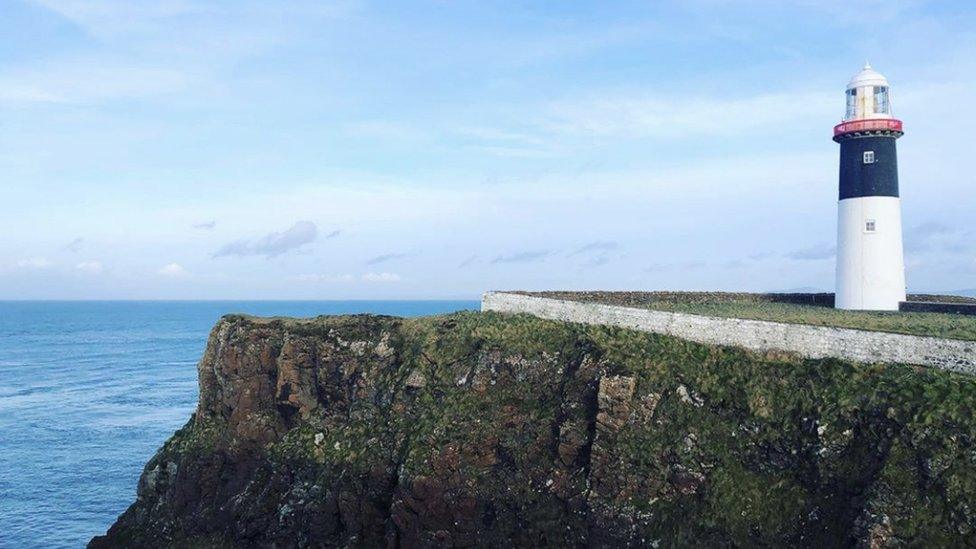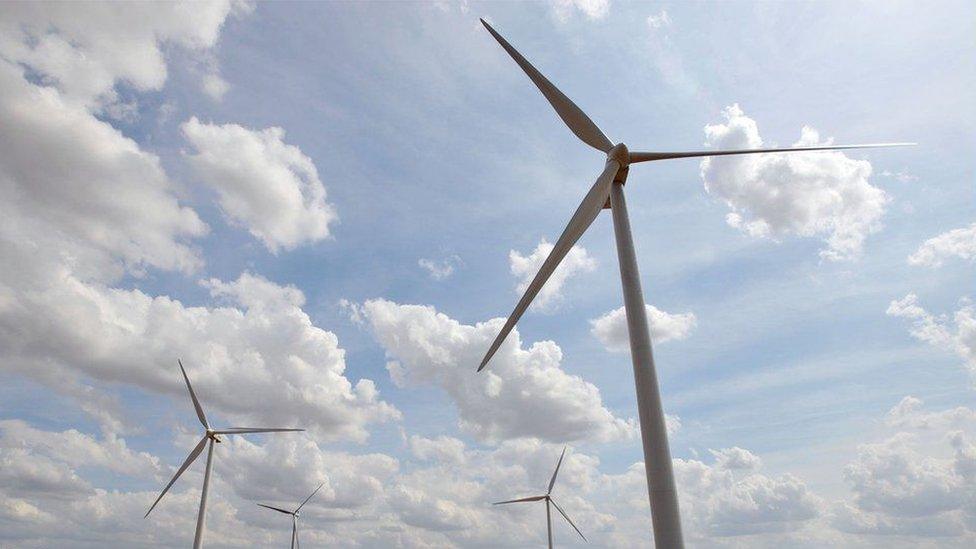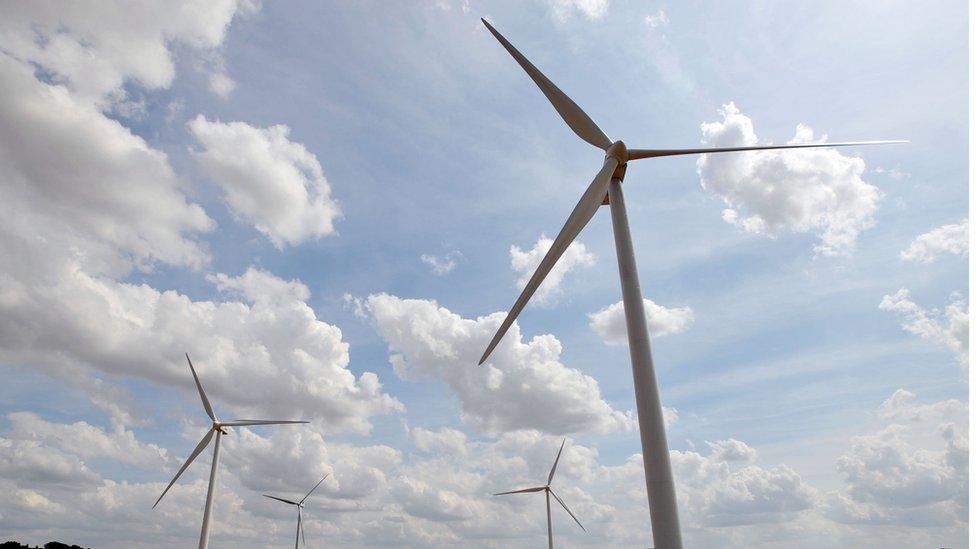Northern Ireland's marine carbon stores help fight climate change
- Published

Many habitats that can store carbon are not in protected areas like those around Rathlin Island
Carbon stored in Northern Ireland's marine and coastal environment can help play an important role in the fight against climate change.
That is according to a new report by Ulster Wildlife.
It found that salt marshes, sea grass and seabed sediments can store more than 30,000 tonnes of carbon a year.
Many habitats performing this function are not in protected marine areas, like Rathlin Island or Strangford, Belfast and Carlingford loughs.
With careful management they could have the potential to do much more - perhaps even tripling their carbon storing capacity.
The main threats to these so-called "blue carbon" stores are physical disturbance, climate change and changes in land use and management.
And in order for them to reach their full potential, they need to be protected and restored, and new ones developed.
The report was produced by Ulster Wildlife working alongside marine experts from the National Oceanography Centre and the University of Hull.

Salt marshes, also called coastal wetlands, are found around the coast of the UK
"The role of woodlands and peatlands in carbon sequestration has been well known for some time, but marine equivalents have often been overlooked, despite the oceans absorbing nearly a third of CO2 emissions that human activity generates every year," said Ulster Wildlife's Dr Annika Clements.
A hectare of salt marsh captures more than two tonnes of carbon a year, but every year up to 100 hectares of it are lost in the UK.
The charity said the report showed the importance of marine protected areas.
Some 1,550 sq miles (2,500 sq km) of Northern Ireland's marine environment is protected, but in most cases detailed conservation plans are not yet in place.
Ulster Wildlife said the report showed the importance of designating new protected areas and setting up pilot projects to establish how carbon could be most effectively sequestered in them.
Related topics
- Published10 May 2021

- Published31 March 2021

